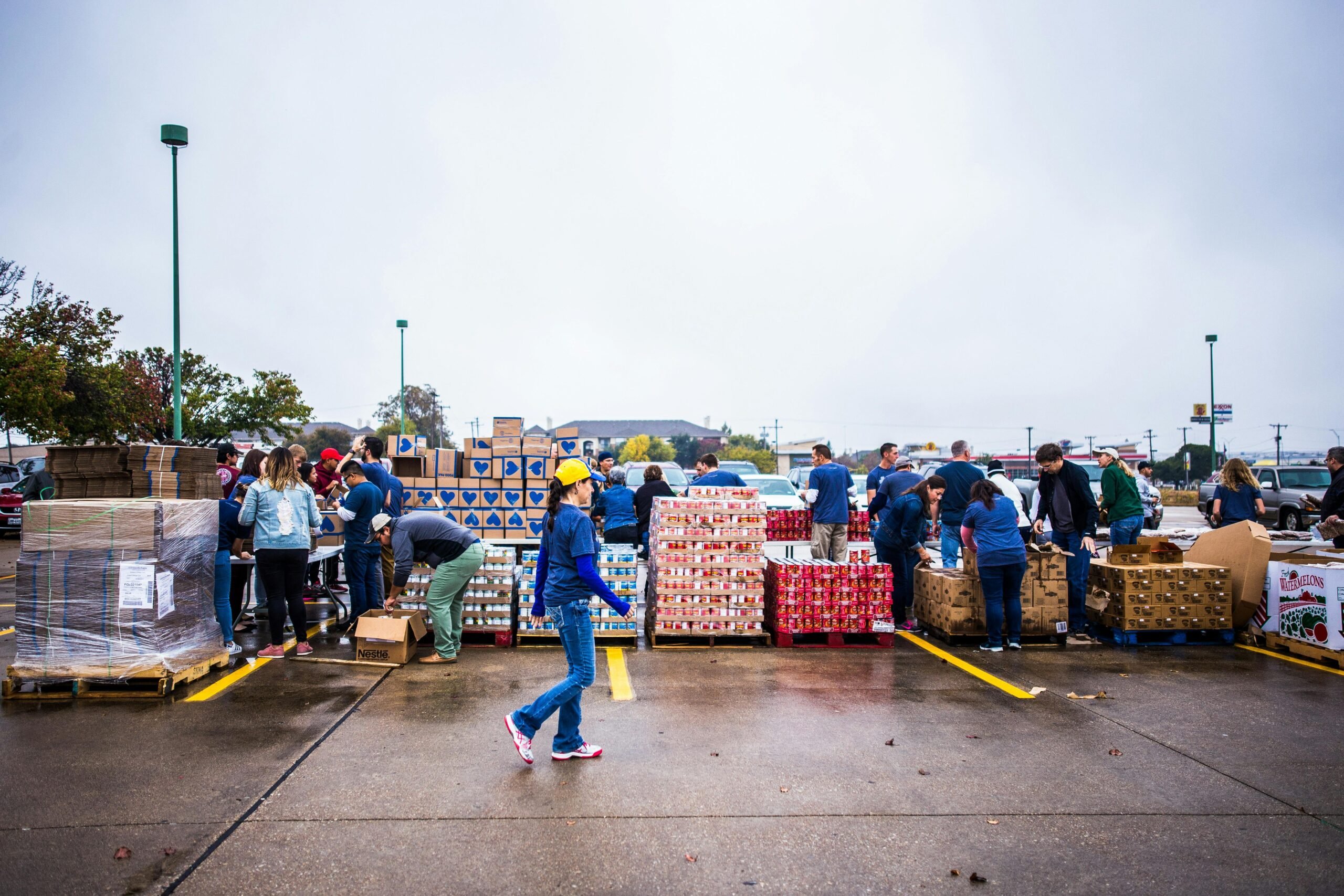
September 19, 2014; KRCC (Southern Colorado Public Radio)
“Do you have what it takes?” asks an advertisement for volunteer fire fighters in Colorado. All over the U.S.A., the firefighter you see arriving to extinguish a fire could be a volunteer, especially in rural areas and places outside cities. A recent report from Radio Colorado College highlighted the current challenges of volunteer fire departments in Colorado.
Volunteer firefighters protect about half of Colorado’s residents. Seventy percent of the land in Colorado is protected by solely-volunteer departments. Recent reports highlighted that Colorado needs 3500 more volunteers over the next three years to reach National Fire Protection Association Standards. Many volunteer fire fighters work full-time elsewhere and many live in the rural areas where the next closest fire station can be a 40-minute drive away. Most of the calls to volunteer fire departments are to natural disasters and motor vehicle accidents as first responders, with only 15 percent of their calls to actual fires.
Sign up for our free newsletters
Subscribe to NPQ's newsletters to have our top stories delivered directly to your inbox.
By signing up, you agree to our privacy policy and terms of use, and to receive messages from NPQ and our partners.
Those in the nonprofit world know well how volunteers are often the backbone of an organization. The passion and the commitment that volunteers bring to an organization allow for increased capacity to move the mission forward. Costs are minimized by volunteer contributions to the workload. Sometimes, though, there is that tension between volunteers and staff. Retaining great volunteers is difficult enough without the threat of bodily harm as one of the risks of the job.
Even as a volunteer, firefighting involves a huge commitment of time and money. Required training can take a new volunteer up to eight months to complete and often involve weekends and evenings. Often, the training is used as a way of keeping volunteers interested, reports Gary Briese, Executive Director of the Colorado State Fire Chiefs. “The fewer fires you have, the fewer activities, the more volunteers will drift away.” Federal funds help volunteers pay for the training costs, and there are state grants to purchase the new gear needed.
Then there is the fundraising, which can be challenging to the all-volunteer brigades. Volunteers may spend more time fundraising than firefighting. They host fundraisers, apply for grants, or establish support through local tax levies. (One fire chief said she spent a “good chunk of her time writing grants.”)
“Many of the all-volunteer departments raise their money with things like pancake breakfasts,” Briese said.
The state fire chiefs are addressing the issue by developing a 36-hour safe firefighter training course. It is then left up to the individual fire departments to adopt the shortened training schedule. In the meantime, Colorado is looking for those 3500 volunteers, as well as an innovation in how to recruit and retain the volunteers who “have what it takes.”—Jeanne Allen












